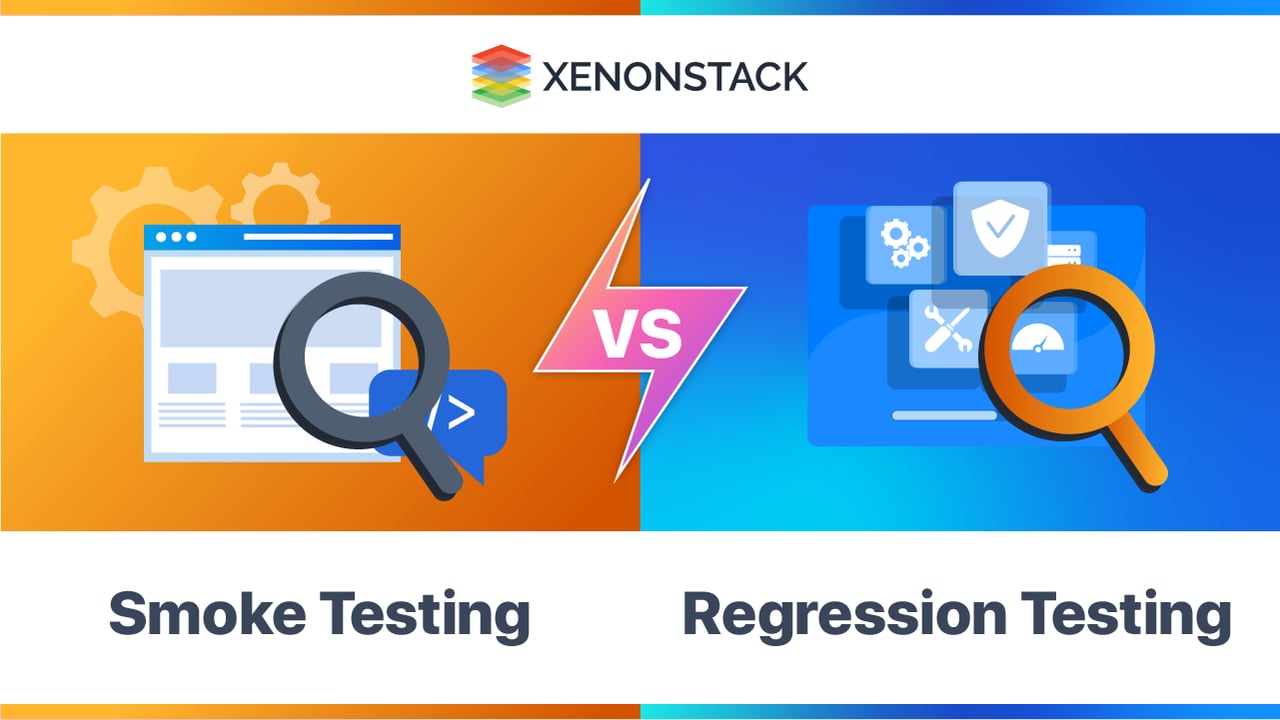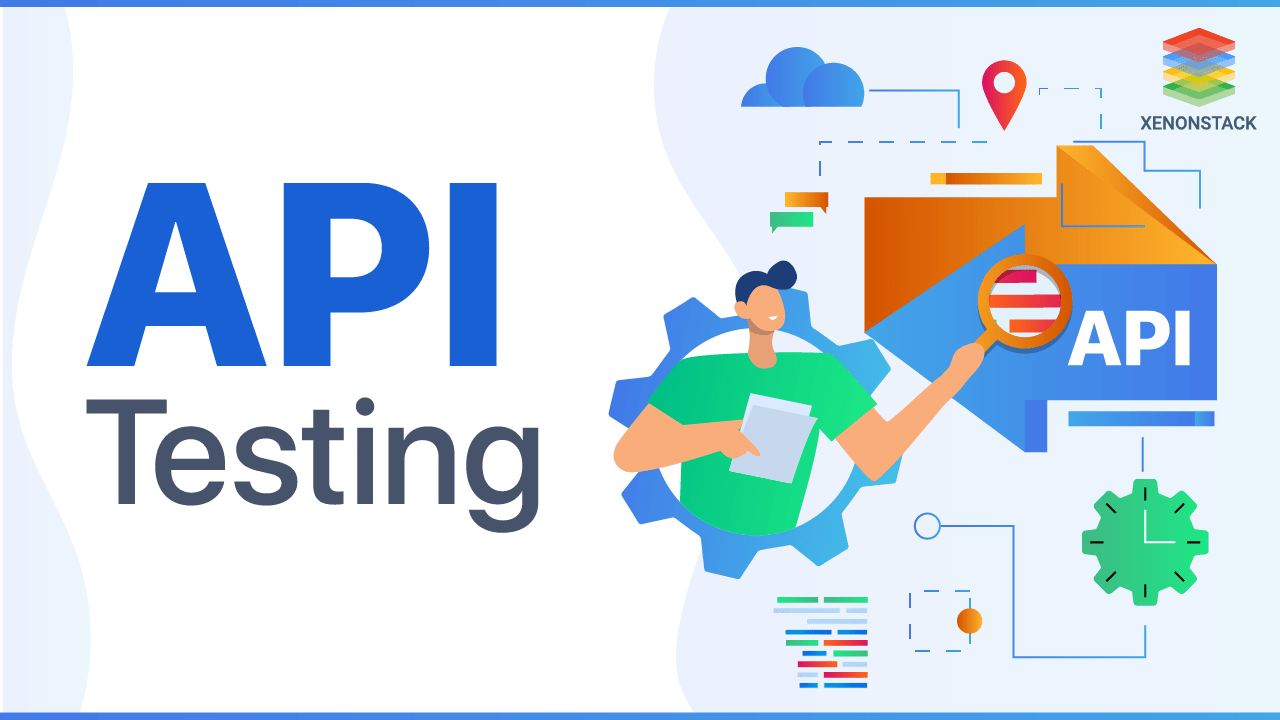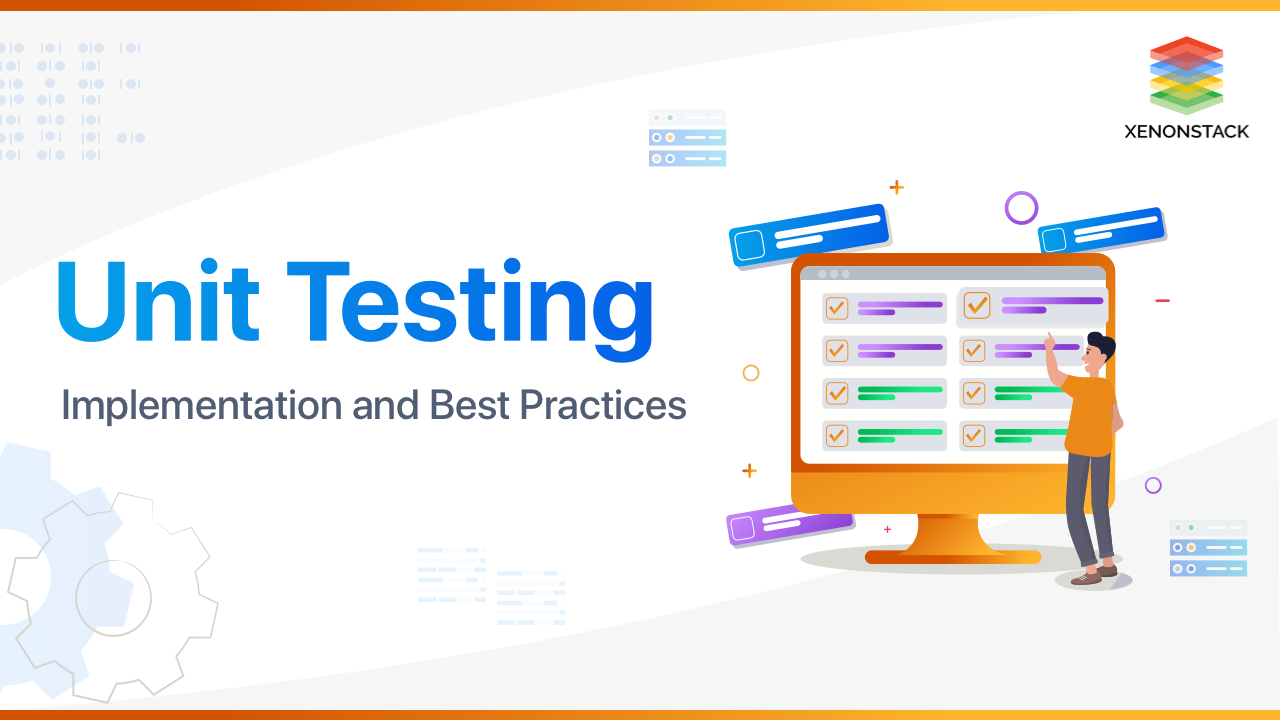
What is Smoke Testing?
It is a process through which we determine whether the initially deployed builds are stable. In this testing process, Testers check that the main functionalities of the builds are working correctly. If the test cases for the build fail, then the build is sent back to the development team.
In simple words, we are checking the essential functionalities of the build. Suppose the functionalities work as expected. That build is forwarded to further testing processes. It helps us determine whether the build is ready for further testing.
The main aim or objective of the smoke testing is to detect the significant issues of the build in the early stages. It determines that further testing is a waste of time and resources if the build is flawed.
Enabling a QA team to get confirmation QA team can proceed for further testing or not. Click to explore about our, Smoke Testing Tools
Why is smoke testing important?
It plays a vital role in software development as it verifies the significant functionalities of an application at the initial/early stages. By doing it on the application, we will know whether the core functionalities are working, and if there are issues, we will not proceed with any further testing, which saves us time and resources.
How to perform Smoke Testing?
The QA engineers or a QA lead perform smoke testing. When the new build is deployed, the QA team determines whether the major functionalities of the build are working correctly.
It is done manually, though there is always a possibility to achieve the same results through automation. This usually depends on whether the organization does manual or automation testing.
Manual
It is carried out manually to ensure the working of all the major functionalities. When the build is released to the QA team, the primary or highest-priority functionalities are tested to find the defects. If the test fails, the build is rejected and sent back to the development team.
Automation
Performing it through the automation of test cases is known as Automation smoke testing. With the help of automation tests, developers can check builds immediately whenever a new build is developed. Suppose there is an issue in the significant functionality of the build. In that case, developers can fix it immediately, saving time for the QA team and ensuring the quality build for the QA team.
A process to identify security vulnerability within an application by evaluating a system or network with the help of different malicious techniques. Click to explore about our, Penetration Testing Tools
When to do the Smoke Testing?
It is performed when new functionalities are added to the deployed build. In this testing process, the development team deploys the build in the QA. The testers test the application until they check whether the main functionalities are working. We perform smoke testing whenever the build is deployed to ensure that the core functionalities are working.
What is Regression Testing?
It is defined as software testing to check whether the code change does not affect the existing features. In this testing, we check and execute all the test cases executed before to ensure that the existing functionalities are working as they were before.
Regression testing is done to ensure that the new code changes do not affect the existing functionalities. Its needs mainly arise when there is a requirement to change the code or whenever a new feature is added to the application.
How to do Regression Testing?
To perform it, first, we need to debug the code through which the bugs will be identified. After we identify the bugs, the required changes are made to the code to fix bugs. After these steps, Regression testing is done by selecting the test cases covering both the modified code and the affected code.
In software maintenance, new enhancements are done regularly, and these modifications may cause the system not to work as expected. That's where it comes into play and becomes necessary. In this regression testing, we test the selected test cases that cover the modification part of the code and the other parts.
Smoke Testing vs. Regression Testing
| S.No. | Smoke Testing | Regression Testing |
| 1 | It is done to verify the stability of the system | It is also known as deep level testing to verify all the functionalities are working as expected. |
| 2 | It is done to cover the core functionalities of the system. | It is done to check whether new modification has affected the previous functionalities. |
| 3 | The cost of smoke testing is low. | It’s cost is comparatively high compared to the smoke testing. |
| 4 | These tests are performed to check which build is to accept and which build is to reject. | These tests did not check the accepting and rejecting of the build. |
| 5 | Its test cases are the part of regression testing which only covers the core functionalities of the system. | This regression testing is obtained from the SRS (software requirements specification) |
| 6 | It is carried out on in the initial build stages | This is carried out whenever the new updates are pushed or when there are some modifications in the code. |
Conclusion
Both tests are required in the software testing, as smoke testing is carried out at the initial stages of the build. Regression testing occurs whenever a new functionality or modifications are done in the code. It gives information about the stability of the core. The build is forwarded for further testing if the core is stable. It occurs when new code or modifications are done in the existing build. It is done to check that adding new features or code does not affect the existing ones. Both testings plays a vital role in software testing as it is done in the initial stages, whereas regression testing is done whenever modifications are done in code.
- Discover here about Smoke Testing vs Sanity Testing
- Click to know about Sanity Testing Techniques and Tools


